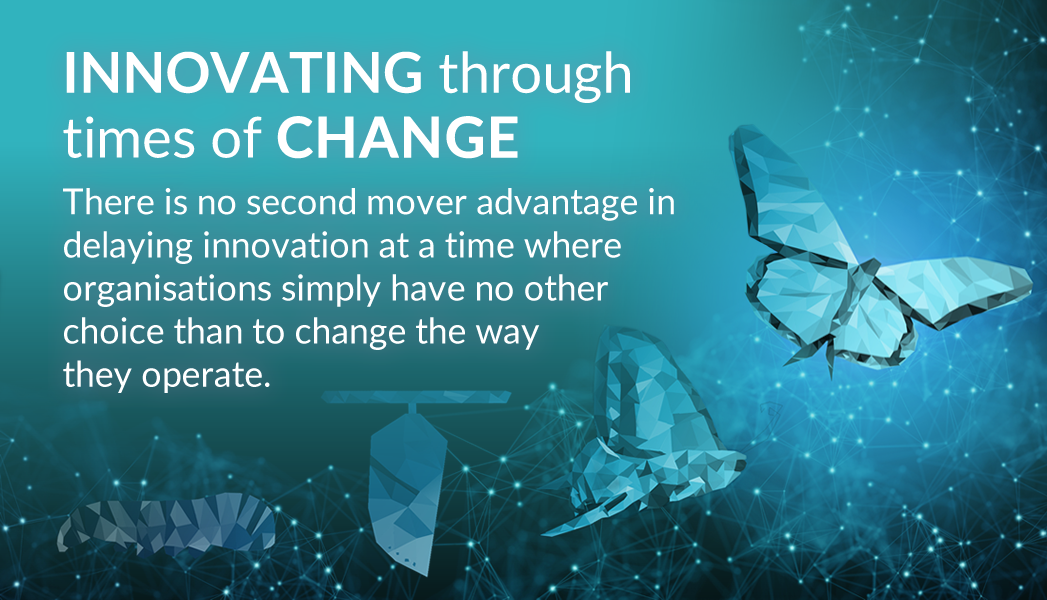
For most modern SaaS providers, the security of customer data is a top priority. When discussing data protection, a common point of focus is “encryption at rest,” which refers to the cryptographic protection of data stored on a physical medium, such as a database or cloud storage. This is a critical first step, and a widely adopted practice is Transparent Data Encryption (TDE) .
TDE, offered by major database systems like SQL Server and Oracle, provides an essential layer of security by automatically encrypting an entire database’s data and log files on disk . This protects against physical threats, such as the theft of a hard drive or an unauthorized copy of a backup file . It is a foundational security measure and is often a prerequisite for meeting compliance requirements like PCI DSS.
However, for a modern enterprise that operates on a zero-trust model, TDE is not enough. The fundamental limitation of TDE is that it assumes the service provider’s administrators are a trusted entity. The encryption keys are managed by the database, meaning that anyone with privileged access to the database or the underlying server can access and view the unencrypted data. This creates a critical vulnerability: a compromised administrator account, a malicious insider, or a misconfigured system could expose the data of every single tenant.
To truly secure data in a multi-tenant environment, the security model must evolve from simply protecting data at rest to creating a “cryptographic silo” for each tenant. This is the core of a zero-trust architecture.
The Problem with Shared Keys: The 'Blast Radius' of a Breach
Standard encryption methods, including TDE, are often based on a shared, or single, encryption key for a given database. While this protects the data from external, unauthorized access, it does nothing to prevent data leakage from within the trusted environment.
The issue is one of “blast radius”. In a shared database model with standard TDE, a breach of a single security credential—such as a database password or an administrator’s key—could potentially expose the data of all tenants co-located in that database. This “shared fate” model creates an unacceptable level of risk for enterprises handling sensitive or regulated data.
The Technical Solution: Per-Tenant Cryptographic Isolation
To address this challenge, the most advanced SaaS architectures extend the Database Per Tenant (DPT) model with a layer of per-tenant application-level encryption (ALE). This approach provides a unique, dedicated encryption key for each tenant, creating a true “cryptographic silo” where their data is isolated even from the service provider.
The process works as follows:
1. Unique Key for Each Tenant
When a new tenant is provisioned, the system generates a unique encryption key specifically for that tenant. This key is securely stored in an external, trusted key store, such as a cloud-based Key Management System (KMS). It is never stored in the database itself.
2. Encryption at the Application Layer
Before data is committed to the database, the application code itself encrypts it using the tenant’s unique key.
3. Encrypted Data at Rest
The resulting ciphertext—an indecipherable blob of data—is then written to the database.
This is a fundamental shift in the security paradigm. Even if an attacker were to gain full access to the database—stealing all data files and backups—the information would be a “useless collection of encrypted blobs” without the corresponding keys from the external key store. The only way to decrypt the data is to first know which tenant it belongs to and then to have access to their specific key. This dramatically reduces the “blast radius” of a breach, as a compromise of one tenant’s data does not affect any others.
The Three Pillars of Per-Tenant Cryptographic Tenancy
This sophisticated security model, which we call “Cryptographic Tenancy,” is built on three core, tightly coupled components that operate transparently to the user:
1. Tenant Resolver
This component identifies the tenant associated with a user’s request, often based on a subdomain, user ID, or API key.
2. Key Resolver
Once the tenant is identified, this component securely retrieves the tenant’s unique encryption key from the external key store.
3. Crypto Engine
This engine uses the resolved key to perform cryptographic operations—encrypting data before it is written to the database and decrypting it after it is read—all in real-time.
By integrating these components into its core architecture, a platform can enforce data privacy at the deepest possible level. This is a crucial distinction from traditional approaches that rely solely on logical isolation at the application layer or basic file-level encryption at the database layer. A modern enterprise requires a platform that is architecturally incapable of violating data privacy—a principle that is central to the matchX platform. This approach is more than just a security feature; it is a foundational guarantee of data privacy that positions matchX as a leader in its field.
Conclusion
In today’s data-driven world, trusting a third party with sensitive information is a high-stakes decision. While basic encryption methods like TDE are a necessary defense, they fail to address the critical “zero-trust” requirement that enterprises demand .
The only way to provide true data privacy and security is to architect for it from the ground up. This means moving beyond shared-key models and implementing per-tenant cryptographic isolation. By assigning a unique, dedicated encryption key to each customer, a platform can ensure that even with full access to its underlying infrastructure, it cannot see its customer’s data. This is the technical promise of the MatchX platform. It is built to ensure that not only are tenants protected from one another, but they are also protected from the service provider itself—a truly modern, zero-trust approach to SaaS security.
Explore how MatchX solves your data quality problems? Try MatchX Visit us or Contact us for more.









